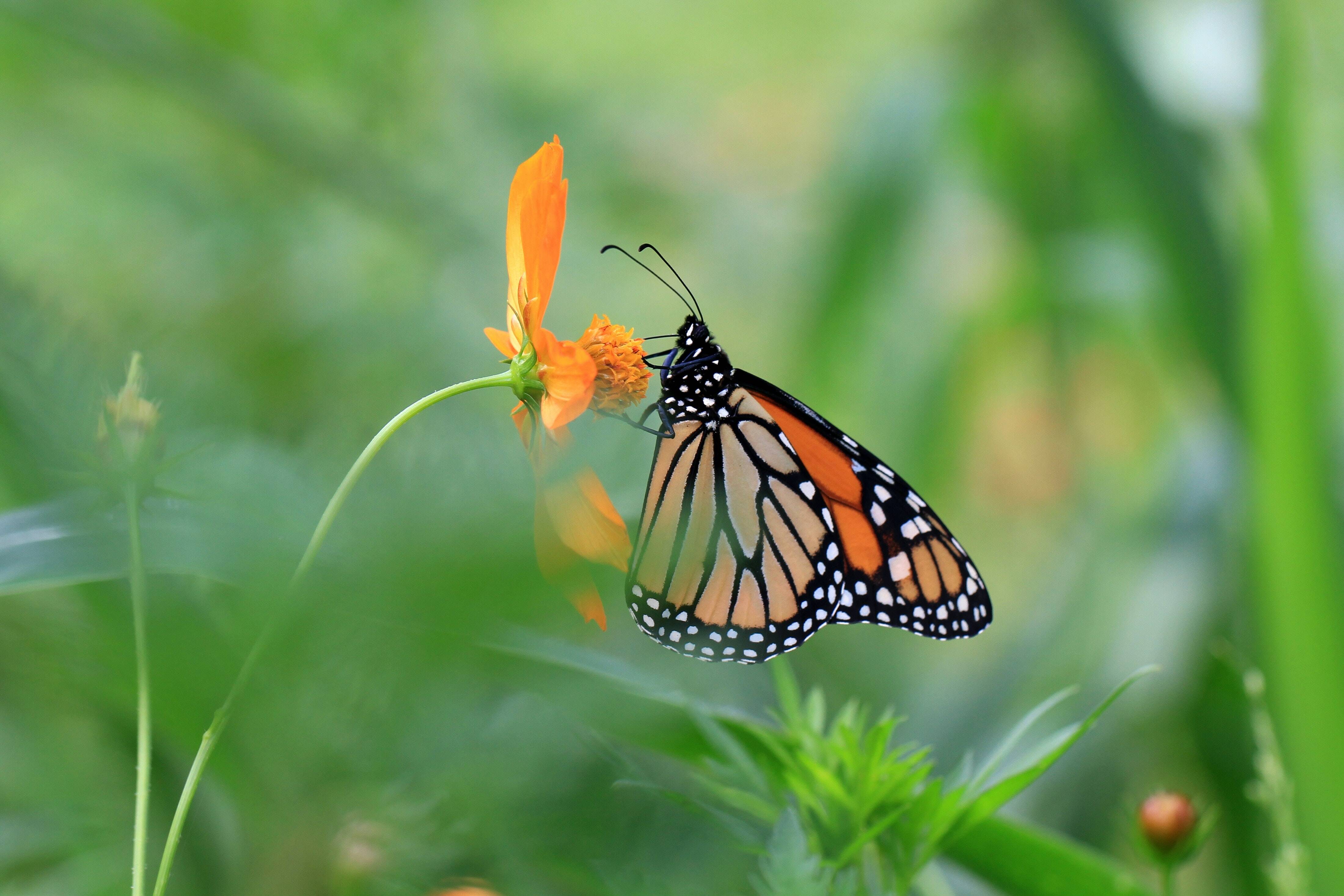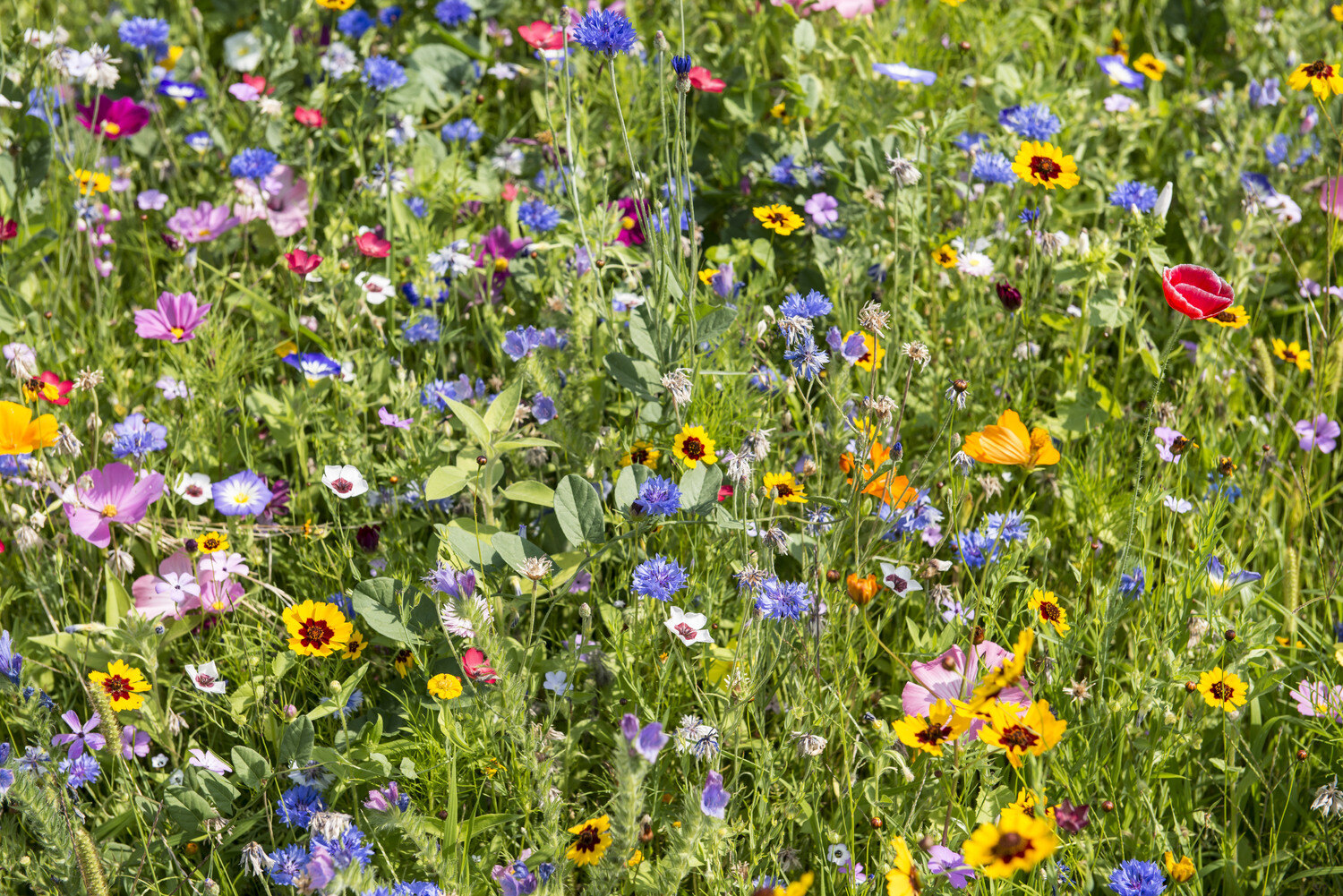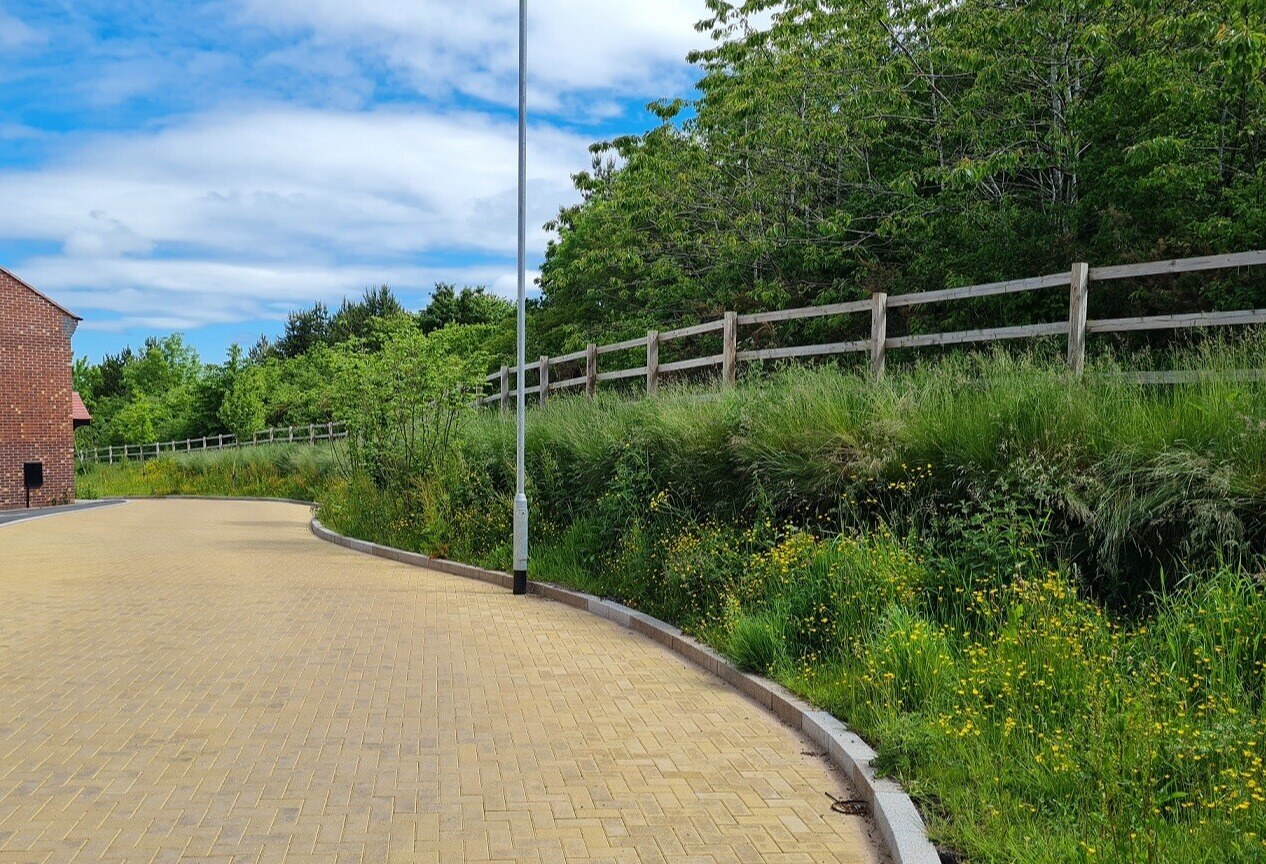
Hydroseeding is an effective way of revegetating open spaces that are particularly large or difficult to access. Seeding these types of areas manually or using other more traditional methods is time-consuming, costly and downright hard work.
Solutions
Hydroseeding is the intelligent solution to this problem. By revegetating in this way, you save time, money and manpower.
In a hydroseeding machine, the seed is combined with water and wood fibre or paper, along with natural tackifiers and fertilisers. The hydroseeding machine has a mechanical agitator which then breaks up the material before it’s recirculated through the machine’s tank to create a slurry. The slurry is then hydraulically applied to the required area from either a turret gun or hose attached to the hydroseeding machine.
Hydroseeding is the most effective way to vegetate bare and barren areas of land while improving soil quality and encouraging flora and fauna to thrive. It is simply the best way to seed areas when other methods just aren’t safe or viable.
What exactly do we use in our hydroseeding formula?
We use only the best products on the market as part of our hydroseeding offering.
Fertilisers:
- Accelerant - A natural, fast-release fertiliser with vegetation beneficial bacterial and fungal cultures. It significantly accelerates germination and root establishment.
- Biostimulant - A slow-release, natural nitrogen fertiliser which also contains vegetation-beneficial fungal cultures, as well as humic acid to provide longer term nutrients for root and leaf development.
Seed mixes:
- Grasses or Meadow (mix of grass and wildflowers) seed mixes
- Shrub seed mixes
- Standard seed mixes available to suit a variety of soil/environment conditions
- Bespoke seed mixes can also be catered for providing they are UK native species
Applications
Hydroseeding is an incredibly versatile method of seeding and can be used to vegetate practically any area with natural wildflowers or grasses. While it can be used on smaller areas, hydroseeding is ideal for large spaces and can seed as much as 9,000m² in one day*
Hydroseeding is perfect for revegetating a variety of spaces in order to increase the natural biodiversity of the area. It can be used on steep slopes, engineered slopes, SUDS basins and areas that are inaccessible for more traditional seeding methods.

Retaining walls have traditionally been constructed out of hard engineered materials such as concrete, brick or stone which, although strong, provide little or no long-term benefits for the environment. Using hydroseeding for retaining walls changes this. Hydroseeding can transform a barren, uninviting and unsightly structure into something far more aesthetically-pleasing, as well as creating a new habitat for a wide range of flora and fauna.
Solutions for Vegetating Retaining Walls
Hydroseeding for retaining walls needs a different approach to hydroseeding for general, more flat areas because the angle of a retaining wall is usually at least 45°. Anything with a slope angle above 38° is classed as a high risk application in terms of hydroseeding. This is due to them being exposed to higher factors of wind, rain and a significantly increased amount of run-off. Unfortunately, standard mulch applications don’t have enough density to withstand these conditions; they simply aren't durable enough.
So what’s the answer?
A high performance fibre matrix is the best option for retaining walls as these matrix’ have longer interlocking fibres and additional tackifiers. And, high performance fibre matrix mulches are so much more durable, they can be applied to almost vertical retaining walls*.
*Retaining walls with a 70° batter provide for optimum vegetation.
Services and Applications
A high performance fibre matrix is applied in a hydro-mulching application in order to layer up the material, creating a temporary erosion blanket on the retaining wall. This has several functions, such as:
- Protecting the seed from the elements
- Holding the seed in place whilst it establishes
- Providing the seed with the optimum growing environment thanks to the fibre matrix’ ability to hold up to 10x its own weight in water.
Hydroseeding is highly versatile in terms of its usage. The range of retaining wall systems that are suitable for hydroseeding include:
- Green gabion walls
- Tensar slopes
- Cellweb
- Vegetated retaining walls

Steep open areas such as slopes are exposed to all types of weather, and over time this long-term exposure to wind, rain, snow and ice causes erosion, leading to the loss of valuable soil nutrients and properties. These nutrients are needed to support vegetation and so erosion control is essential when creating green areas as part of a slope.
Solutions for Erosion Control
GeoGrow offers a variety of highly-effective erosion control solutions to help stabilise slopes, hydro-mulch erosion control and reinforced hydroseeding.
Suitable for use on slopes, embankments, watercourse embankments and areas that are exposed to wind, rain and water such as coastal areas, our erosion control solution fortifies and revegetates exposed slopes, providing long-term stability for biodiversity in the area.
Why use erosion control?
There are several reasons why our erosion control solutions are the best choice when creating a stable environment for flora and fauna to flourish. Take a look at some of them below:
- Our solutions are 100% natural, biodegradable and plastic-free
- They help to provide more green areas
- They increase and support biodiversity on exposed slopes
- Our solutions help to provide more aesthetically-pleasing, landscaped areas

For steeper slopes that are suffering from erosion, further, more robust stabilisation is required. In these scenarios, we can provide reinforced hydroseeding solutions. Our range of high performance hydro-mulch products can be utilised with turf reinforcement matting or netting and are effective, efficient and eco-friendly.
Solutions
Open to the elements, steep and exposed slopes are highly prone to erosion from wind, rain and run-off. To combat this we provide reinforced hydroseeding solutions which involve fitting 100% coir netting to the slope. The coir netting is affixed tightly using either metal or wooden pins, ensuring there are no gaps under the netting.
Why we use coir netting…
- It is made entirely from natural materials, such as coconut and jute fibres
- It is 100% biodegradable and eco-friendly
- It has a lifespan of up to 5 years
- It is suitable for grazing areas
Application
After the installation of the coir netting, it is then hydroseeded along with the seeds and natural fertilisers which infills the netting. The seed and netting is bonded to the soil, and the seed is held in place and protected from the elements. This provides it with optimum growing conditions to allow for greater root establishment and gives it a chance to germinate, grow and become established.
Revive poor soils, reduce costs

A Biotic Soil Amendment can offer cost-savings as an alternative to importing topsoil. Over time, soil can lose many of its nutrients, meaning that plantlife will struggle to survive there. This is where biotic soil amendment comes into action.
Solutions
It is a wood fibre based material combined with peat-free compost, tackifiers, concentrated amounts soil bacteria and fungi found in topsoil but in higher quantities. Once applied via a hydroseeder it gets to work replenishing the existing poor/depleted soils with the nutrients and microbiological cultures to support and sustain vegetation.
To give soil the right properties to support vegetation and encourage the biodiversity of an area that would otherwise be barren and empty. This improves the existing soil by increasing or replenishing the nutrients and microbial cultures that are absolutely essential for encouraging and sustaining vegetation.














